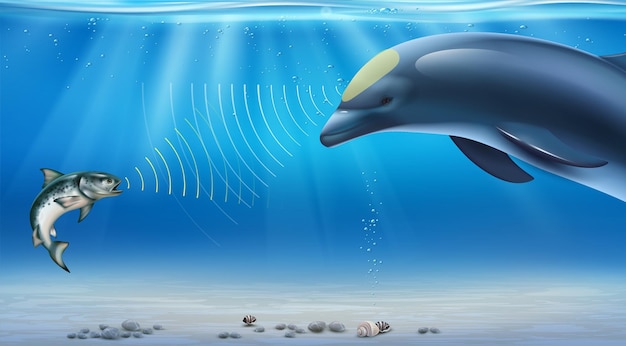Facts about humpback whales

Humpback whales are known for their impressive acrobatic displays in the water.
Humpbacks are one of the largest species of whales, reaching lengths of up to 52 feet.
These magnificent creatures can weigh up to 40 tons.
Humpback whales are found in all major oceans of the world.
They are known for their unique songs, which can travel for long distances underwater.
Humpbacks are highly intelligent and have complex social structures.
These whales are known for their distinct body shape, with a large hump on their back.
Humpback whales are famous for their long migrations, covering thousands of miles.
They feed mainly on krill, small fish, and plankton.
Humpbacks have baleen plates instead of teeth, which they use to filter their food from the water.
These whales have long pectoral fins, which can be up to one-third of their body length.
Humpbacks have a lifespan of around 45-50 years.
They have a unique feeding technique called bubble net feeding, where they work together to trap prey.
Humpbacks are known for their curiosity and often approach boats and divers.
These whales are known to breach, leaping out of the water and crashing back down.
Humpback calves are born weighing around one ton and can grow up to 1,000 pounds per day.
They are highly migratory, traveling from polar waters to tropical breeding grounds.
Humpback whales are listed as a species of least concern by the IUCN.
Facts about humpback whales part 2
Their population has significantly recovered since the ban on commercial whaling.
Humpbacks have a diverse range of vocalizations, including grunts, moans, and clicks.
These whales have large flukes, which can be up to one-third of their body length.
Humpbacks are capable of diving to great depths, up to 1,600 feet.
They are known to breach to communicate, compete for mates, or remove parasites.
Humpback whales have a layer of blubber that helps them stay warm in cold waters.
They have been observed using their flippers to create a wave, herding fish into a tight ball for easier feeding.
Humpbacks have unique patterns on the underside of their flukes, which can be used to identify individuals.
These whales are highly social animals and often travel in small groups called pods.
Humpbacks are known to exhibit altruistic behavior, such as protecting other species from predators.
They are known to migrate over 5,000 miles each year.
Humpbacks have a trail of bubbles they release while feeding, helping to disorientate and trap prey.
These whales have a breath-holding capacity of up to 30 minutes.
Humpbacks are known for their adaptability and can be found in a wide range of environments.
They are curious animals and have been known to approach boats and interact with humans.
Humpback whales have long, flexible bodies that allow them to navigate through narrow channels and reefs.
These whales are known for their agile swimming and can reach speeds of up to 15 miles per hour.
Humpbacks have a gestation period of around 11 months.
They are known for their cooperative hunting techniques, working together to catch their prey.
Humpbacks are known to breach more often during mating season as a display of strength and attractiveness.
These whales have enormous appetites and can consume up to 1.5 tons of food per day.
Humpbacks have a series of pleats on their throat that allow their mouth to expand significantly when feeding.
They have large lungs, capable of holding up to 5,000 liters of air.
Humpbacks have a layer of blubber that provides both insulation and energy storage.
These whales have been known to migrate from Antarctica to the warm waters of Hawaii.
Humpbacks have been hunted by humans for centuries for their blubber, oil, and meat.
They play a crucial role in the marine ecosystem by helping to maintain healthy fish populations.